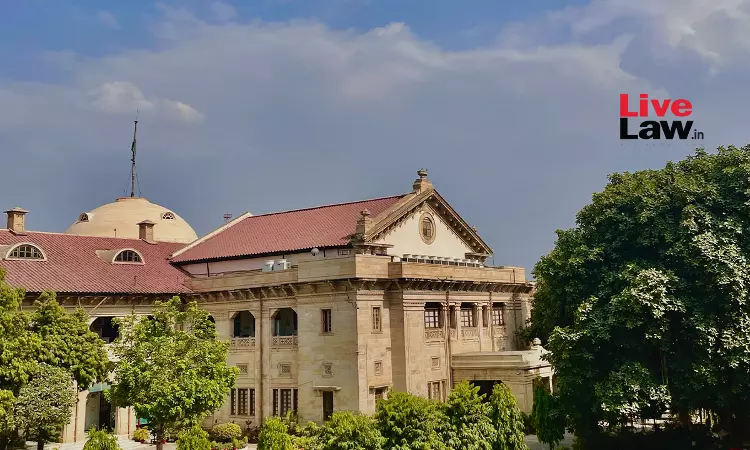'Highly Dangerous To Convict Him On This Kind Of Evidence' Allahabad HC Acquits Man In 46 Year Old Murder Case
Sparsh Upadhyay
21 Jun 2024 12:37 PM IST

Next Story
21 Jun 2024 12:37 PM IST
While underscoring the critical importance of robust and credible evidence in securing convictions, the Allahabad High Court recently acquitted a man previously convicted of murder in a case dating back 46 years. “We think it is highly dangerous to convict the appellant on this kind of evidence when there are strong circumstances to show that the testimony of the sole eyewitness...
